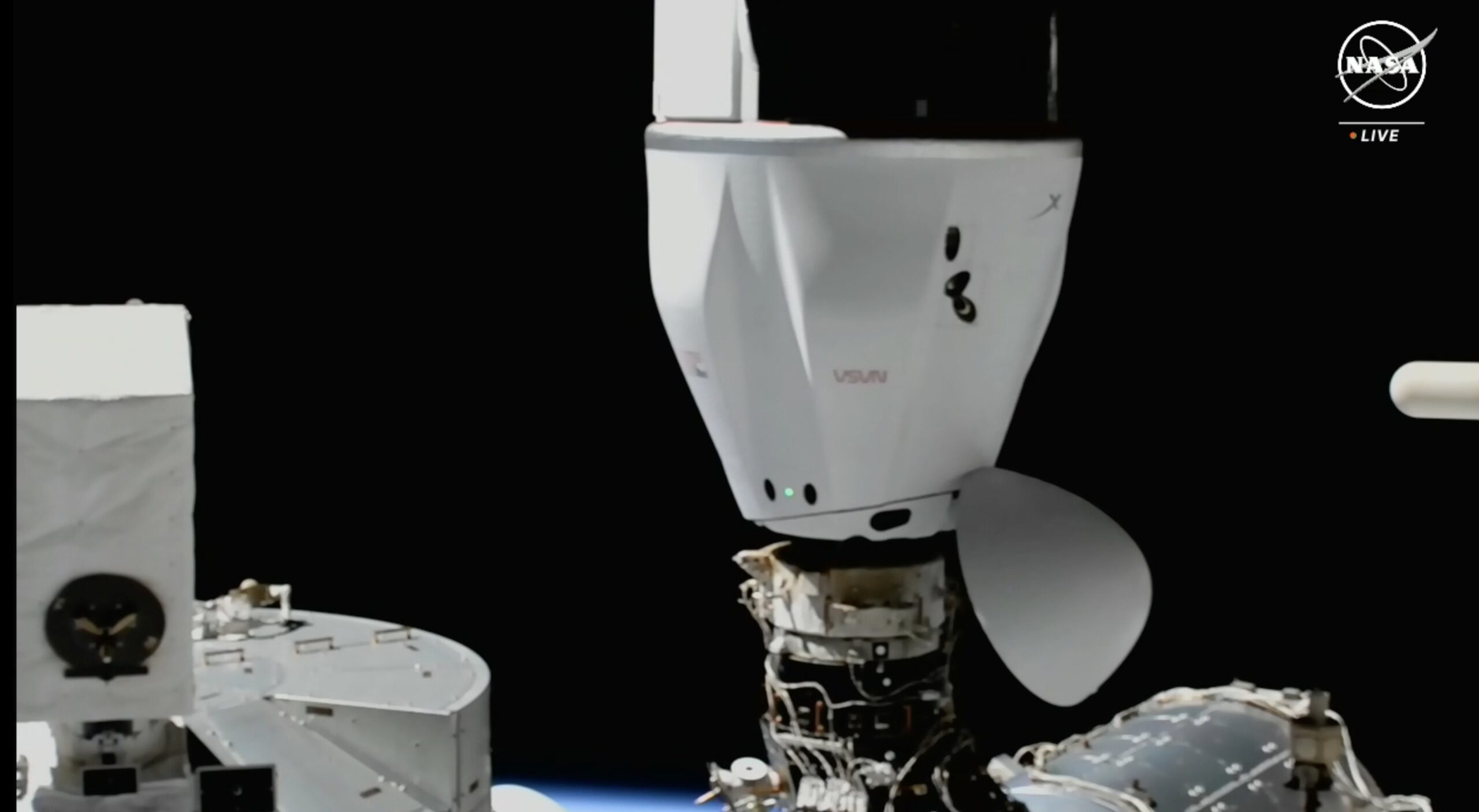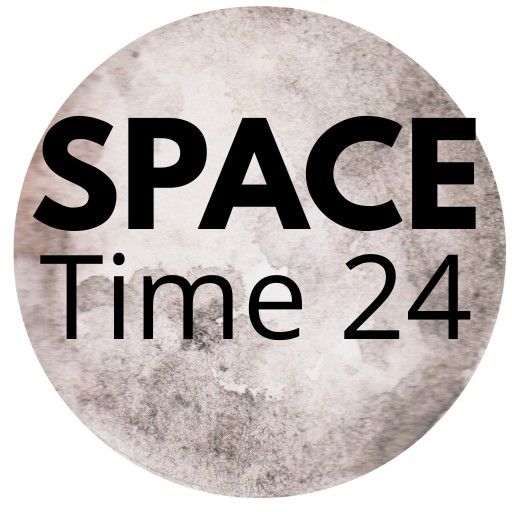How Crew Dragon Docked With 28000 Km/h Speedy Orbiting ISS? Complete Guide

photo credit SpaceX).
SpaceX’s Crew Dragon Docked to ISS-spacecraft has revolutionized the way humans travel to space. One of its most advanced features is its ability to dock autonomously with the International Space Station (ISS), eliminating the need for manual control. But how does this complex process work? This article explores the step-by-step procedure, from liftoff to final docking, explaining how Crew Dragon successfully connects with the ISS in low Earth orbit.
Crew Dragon Docked With ISS-Launch and Orbital Insertion
The journey begins with a Falcon 9 rocket launch, typically from NASA’s Kennedy Space Center. The Crew Dragon capsule is mounted on top of the rocket and lifted into low Earth orbit, about 400 kilometers above the Earth’s surface. Once in orbit, the spacecraft separates from the rocket’s second stage and begins its independent mission. This phase is known as orbital insertion and marks the beginning of the spacecraft’s approach toward the ISS.
Crew Dragon Docked Orbit Adjustment and Phasing
After entering orbit, Crew Dragon performs a series of carefully timed thruster burns using its Draco engines. These burns are designed to raise or adjust the spacecraft’s orbit to match the ISS’s path. This maneuver is known as orbital phasing. Through a combination of trajectory planning and precision timing, the spacecraft gradually catches up to the ISS while remaining in a safe and stable orbit.
Rendezvous Operations
As Crew Dragon gets closer to the space station, it enters the rendezvous phase. The spacecraft uses a suite of navigation systems, including GPS, LIDAR, and thermal imaging, to determine its exact distance and position relative to the ISS. During this time, Crew Dragon pauses at designated checkpoints known as Waypoints. These are safety verification points that allow mission controllers to assess the status of the approach. At each point, both ground teams and the ISS crew can approve or abort the next phase of the mission.
Final Approach and Autonomous Docking
Once all systems are verified, Crew Dragon begins its final approach. It aligns itself precisely with the docking port on the ISS, often located on the Harmony module. Using its automated guidance system, it moves forward slowly, at a speed of less than 0.1 meters per second.
The first contact is called soft capture, where the docking rings make initial contact and align. This is followed by hard capture, where mechanical hooks securely lock the spacecraft into place, creating an airtight seal.
Hatch Opening and Crew Transfer
After successful docking, a period of pressure equalization and safety checks follows. Once the environment between the ISS and Crew Dragon is confirmed to be stable, the hatches are opened. The crew then floats into the ISS to begin their scheduled mission activities.
This entire docking procedure is designed to be autonomous, though astronauts on board have manual override capability if necessary.
All set to launch Axiom Mission 4 to docking Crew up to iss
FAQ Section
Q1: Is Crew Dragon docking fully autonomous?
Yes, Crew Dragon docks autonomously using advanced navigation and control systems. Manual control is available in emergencies.
Q2: How long does it take for Crew Dragon to dock with the ISS?
The journey typically takes 19 to 24 hours from launch to docking, depending on mission planning and orbital dynamics.
Q3: What systems are used for navigation and docking?
Crew Dragon uses GPS, LIDAR, thermal imaging, and onboard computers to navigate and dock with precision.
Q4: Can Crew Dragon abort the docking?
Yes, the spacecraft can perform a retreat maneuver if any issue is detected during the approach.
Q5: What happens after docking?
After docking, pressure between the spacecraft and ISS is equalized, safety checks are performed, and then the hatch is opened for crew transfer.
You may also like this-
how-axiom-mission-4-crew-will- reached-iss-performe-docking?
